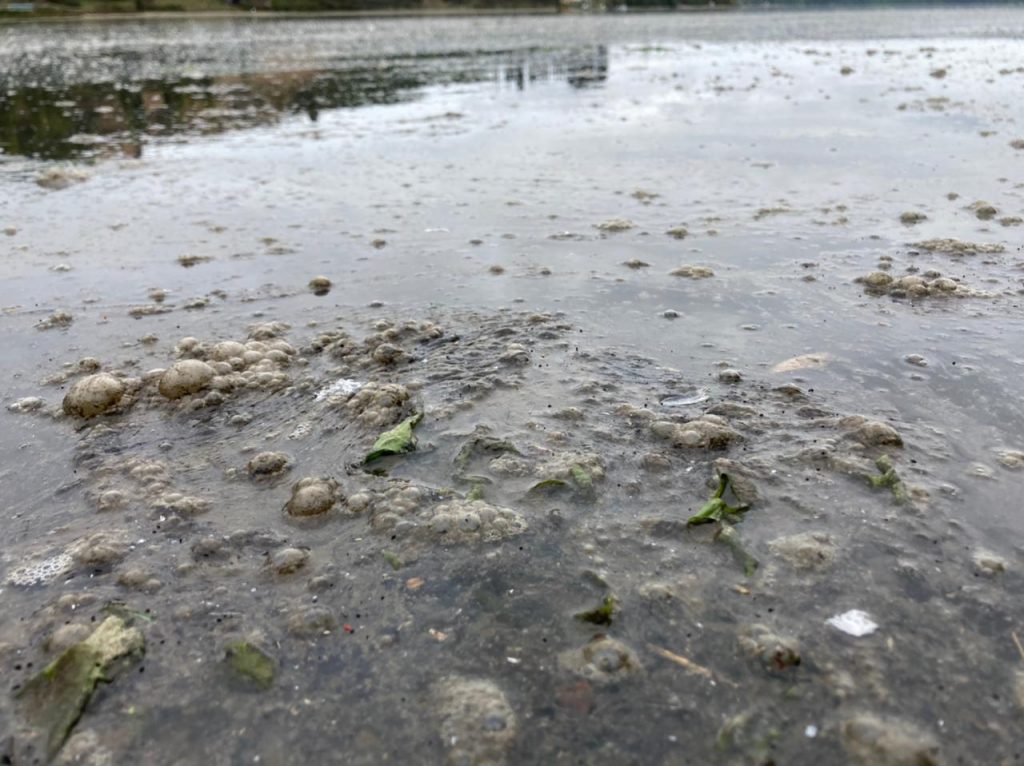The deterioration of water quality, the harmful effects on living resources, the danger to human health, the reduction of natural attractions and the obstacles to economic activities are consequences of the pollution of the marine environment.

This pollution is the product of human activities that introduce substances — such as domestic and industrial wastewater — and energy — such as heat, lighting, and noise — into the sea.
Through the network, reliable scientific information is generated to assess the impact of pollutants, propose possible solutions and measure the effectiveness of management policies applied.
PROBLEM
Pollution of the marine environment impacts the reproduction, growth and quality of flora and fauna species. This limits the multiple benefits that the sea and its resources bring to human beings.
With the destruction of mangrove forests, seagrass beds and coral reefs, natural barriers that protect coastlines against extreme weather events and erosion are lost. Scenarios of high tourist value are altered and habitats for various marine species disappear.
All this implies the reduction of food security, the depletion of fisheries and the reduction of jobs.
Additionally, the contamination of the living resources of the sea can be cumulative and magnified through the food chain, which increases the risks of affecting human health due to the consumption of contaminated fish food.
INFORMATION FOR ACTION
The solution to the problems generated by pollution begins with an environmental diagnosis, using nuclear and conventional techniques, and the evaluation of mitigation and/or remediation measures that allow the protection of ecosystems, which implies constant monitoring of the state of the environment.

In this sense, REMARCO contributes with information for regional governments.
This knowledge helps to establish reference values, which is a priority to define public policies that serve as the axis of action for the management of resources with an ecosystem approach.
The result of the network's investigations makes it possible to identify the enrichment of heavy metals and radionuclides, among others, from natural sources, and contamination from human activity.
It also provides tools for monitoring the impact of applied policies and verifying their effectiveness.
THE SCIENCE
REMARCO researchers generate scientific information based on the analysis of environmental samples by nuclear and conventional techniques to determine the concentrations of heavy metals and metalloids, persistent organic compounds such as petroleum hydrocarbons and pesticides, and nutrients.
They use nuclear and isotopic techniques that are specific to study pollution processes and determine the origin of contaminants.
To determine the age of sediments in order to reconstruct long-term pollution trends, that is, more than 110 years, they use alpha particle and gamma ray spectrometry.
X-ray fluorescence spectrometry is used to determine the concentration of major elements and metal contaminants, while mass spectrometry is used to study stable isotopes of carbon and nitrogen and identify sources of contamination by organic matter.
